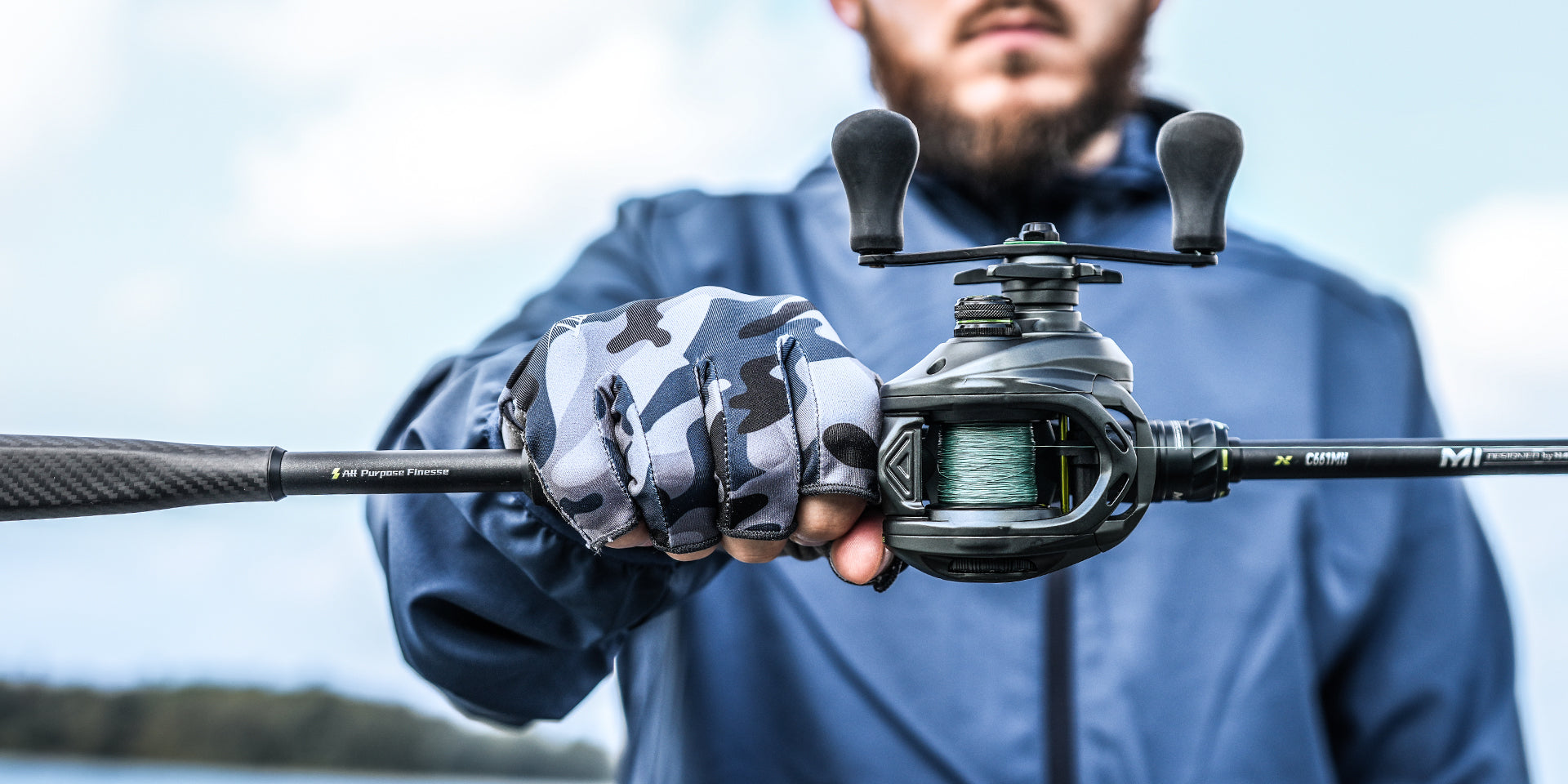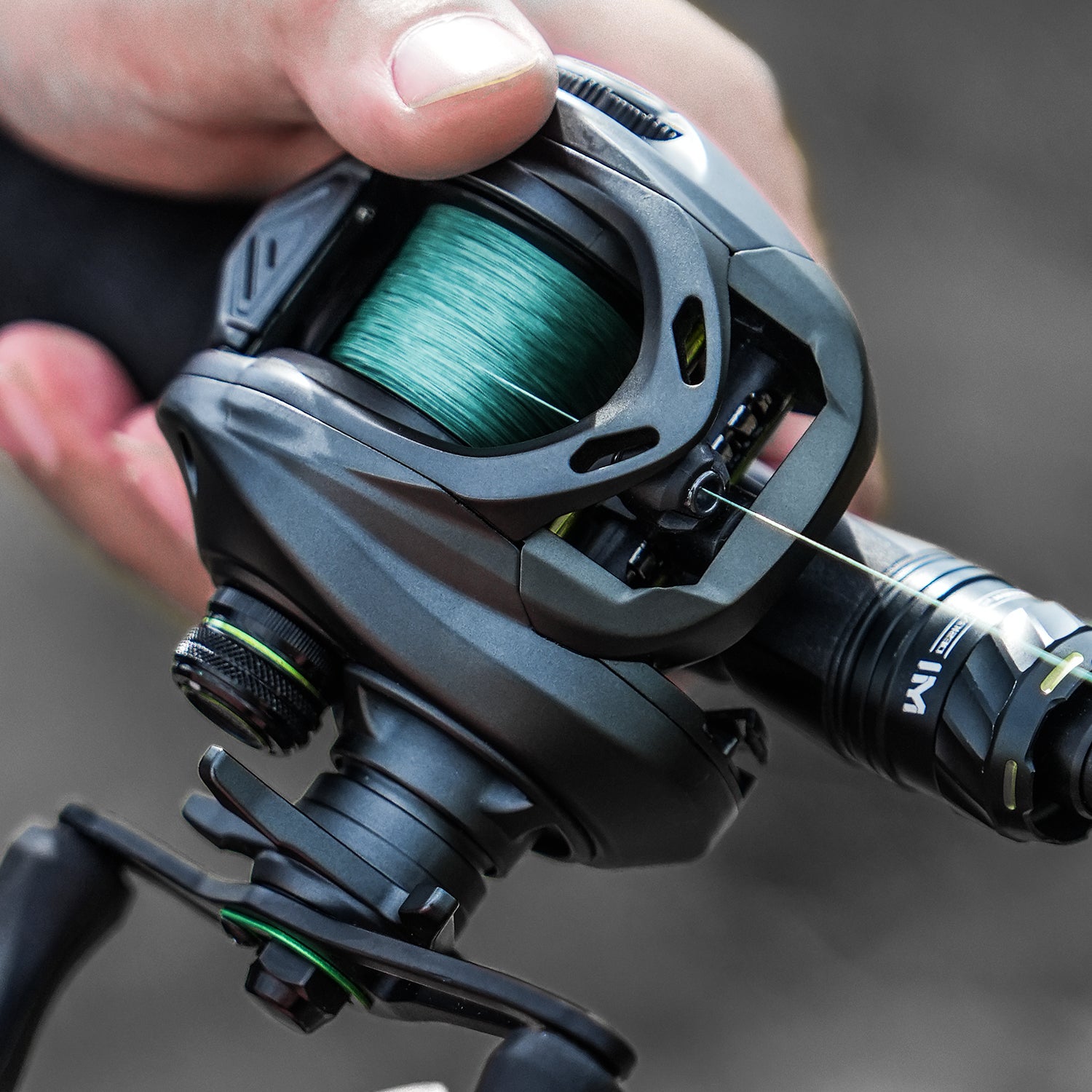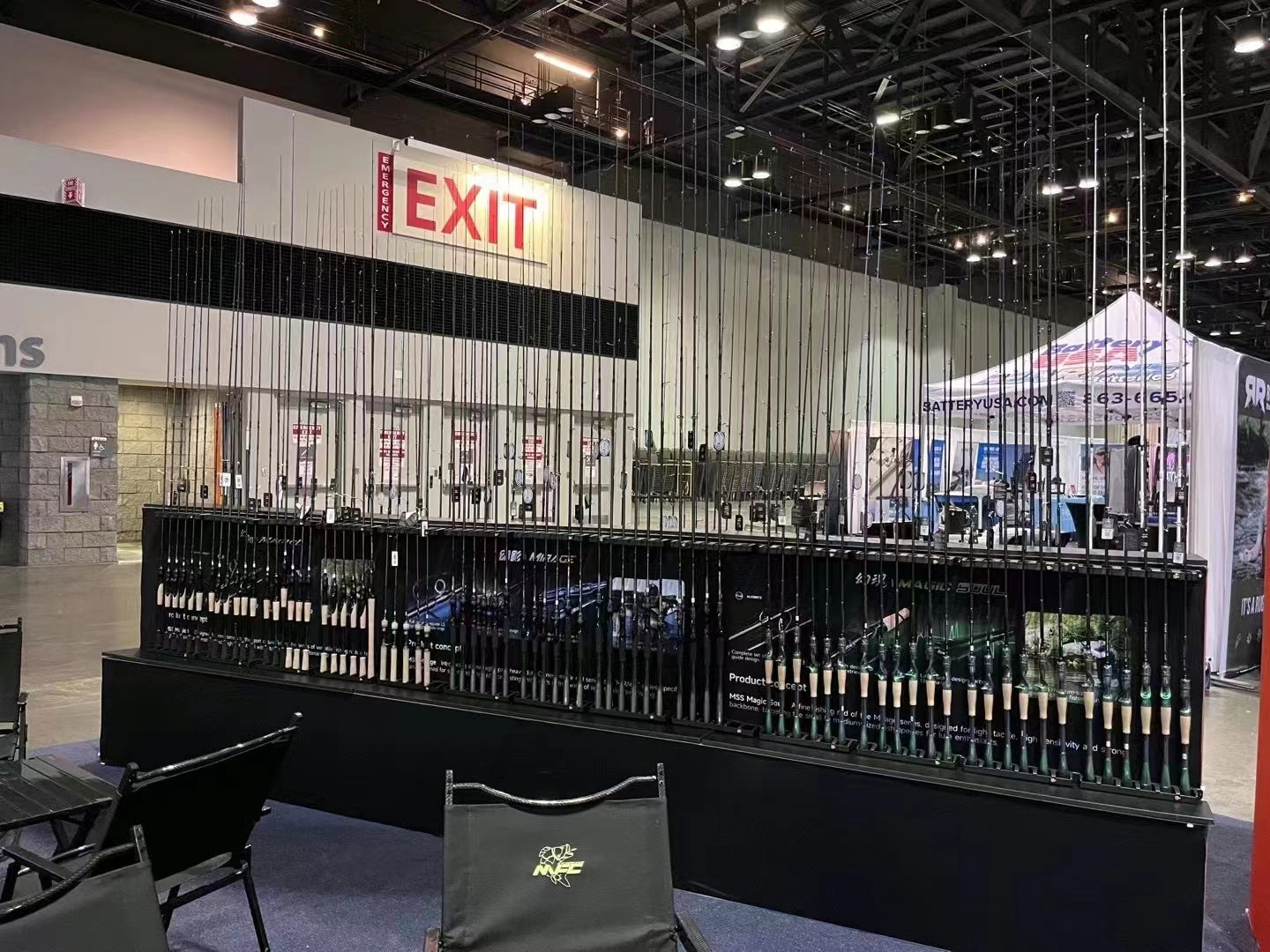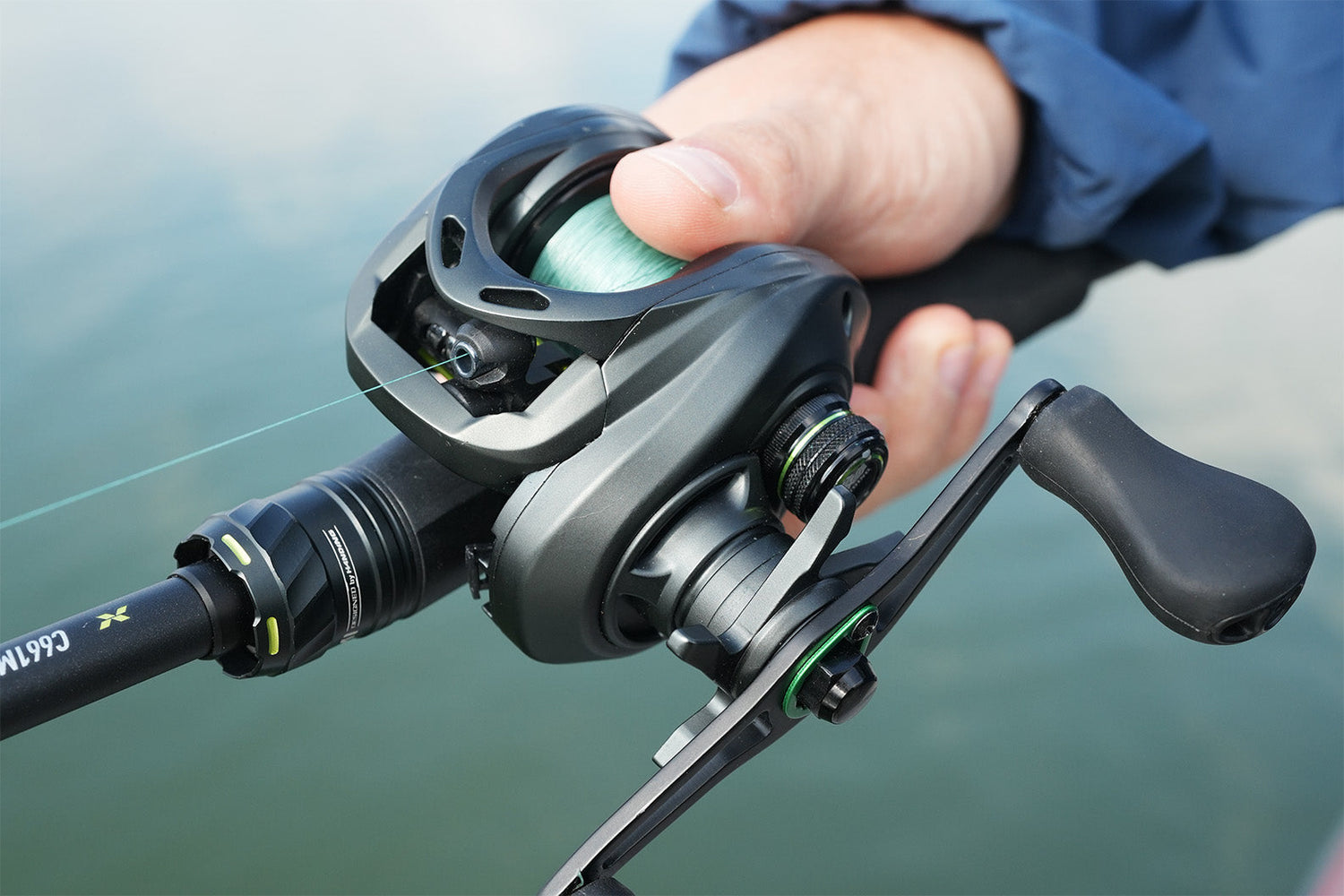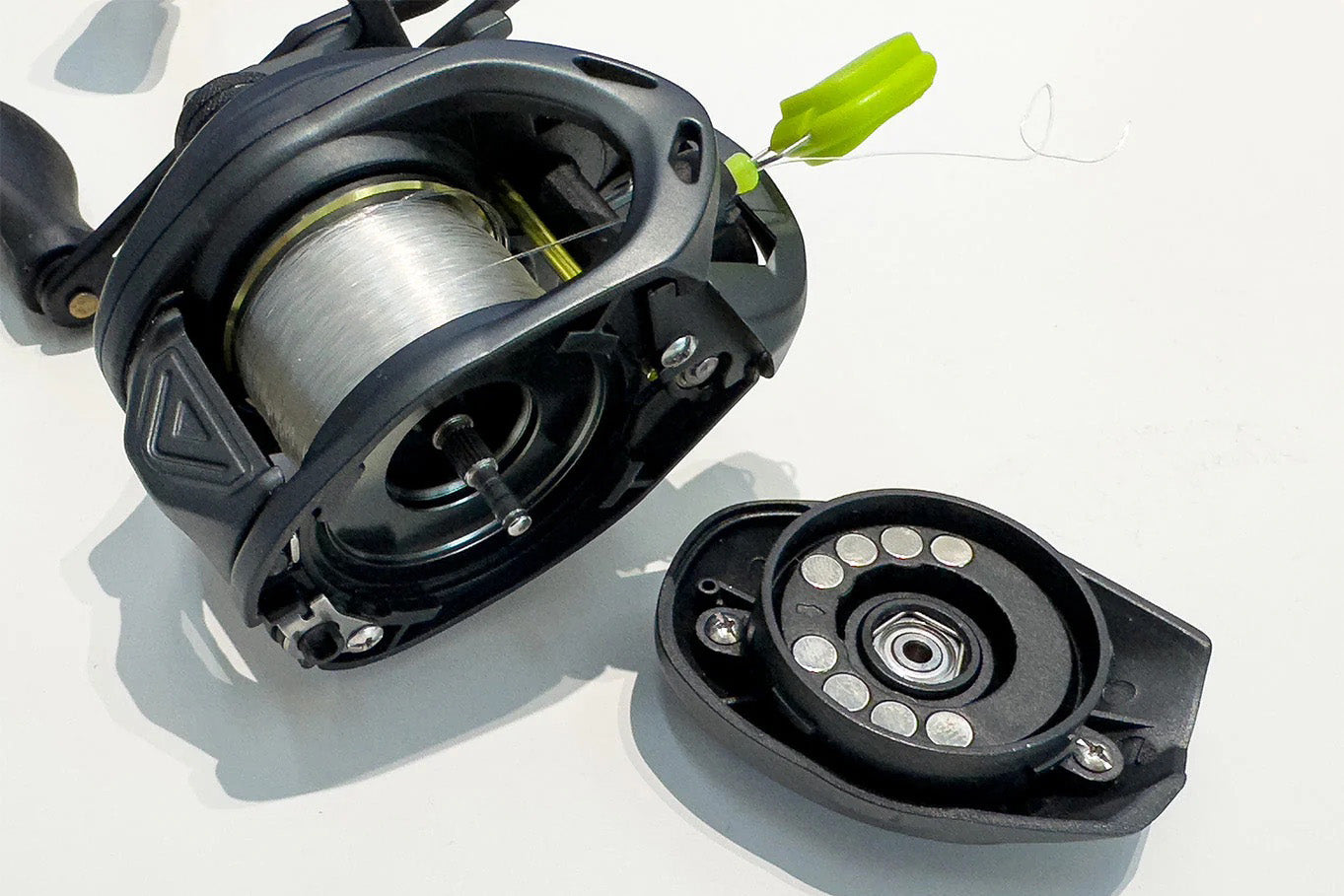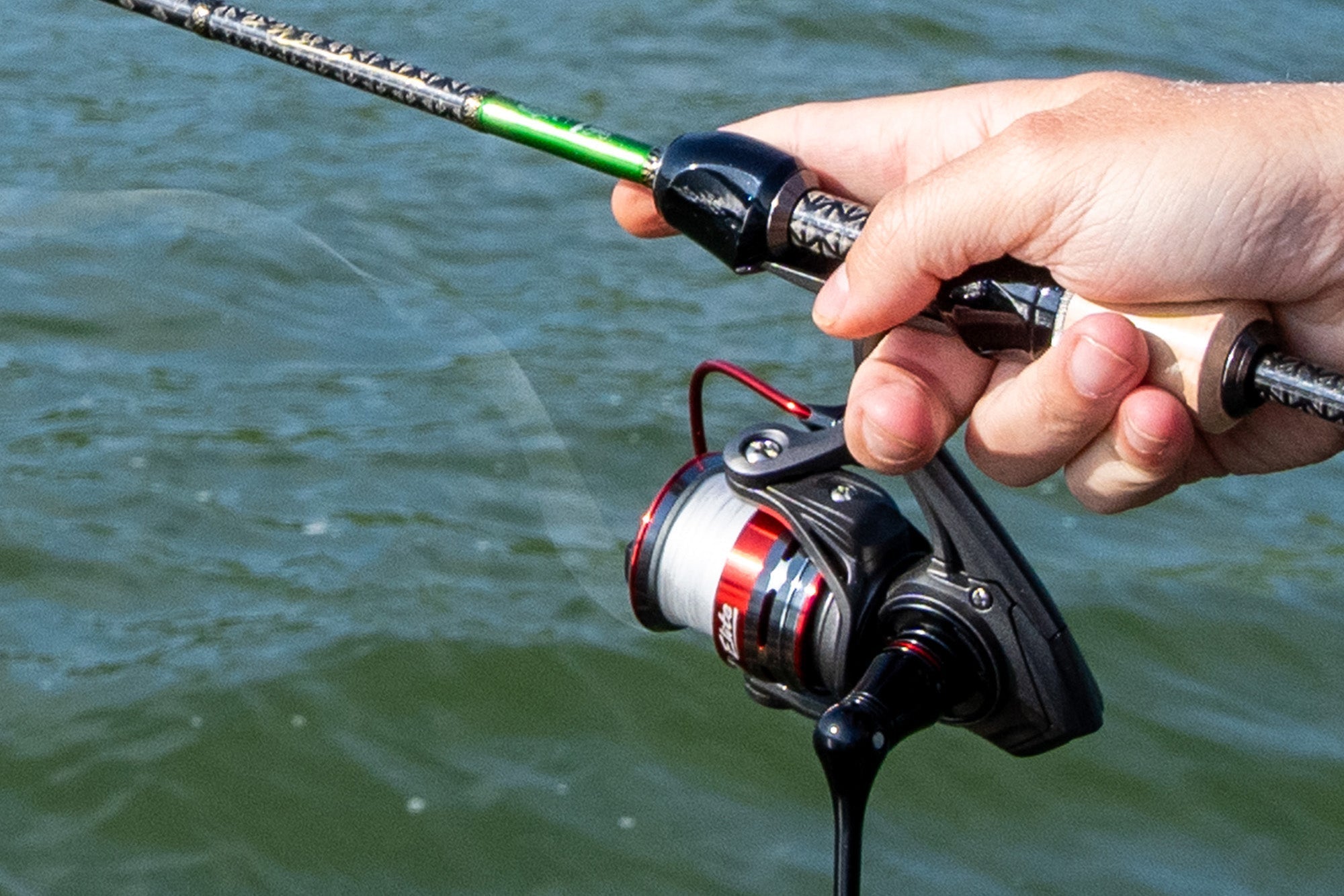Most anglers feel that whatever equipment they are using will be adequate for any kind of fishing. But that isn't so, and it can create problems and necessitate replacing your equipment before you're ready to. Saltwater fishing is not the same as freshwater fishing, and both have a different kind of equipment to use. Selecting proper equipment to use where you are fishing will help you perform better and prolong the life of your equipment.
How Saltwater Damages Your Fishing Gear

Accelerate Corrosion Through Chemical Reactions
Saltwater has stuff in it that can really eat away at metal. The sodium chloride in the ocean makes things rust much faster on metal that's not protected. Regular freshwater gear doesn't have the right kind of coatings and materials to deal with saltwater.
When freshwater gear gets used in saltwater, it starts to rust right away. Metal parts can get stuck, the reel seat (where the reel attaches to the rod) can break down, and the guides (the little loops the fishing line goes through) can get rust spots in just a few hours. A lot of times, the damage is on the inside where you can't see it, so it gets worse without you knowing.
Create Physical Damage Through Abrasive Particles
Saltwater also has tiny bits of sand and broken shells in it. These little pieces can get into the moving parts of your gear, causing even more damage than just rust. Saltwater is so hard on gear because it damages it both chemically and physically.
Marine Power Against Freshwater Finesse in Rod Design
Saltwater Rods: Built Strong for the Ocean
Saltwater rods are made to be tough so they can handle big, strong fish and the harsh saltwater. They're usually made of graphite composites or heavy-duty fiberglass, which stays strong and doesn't get damaged by salt. The rods are also thicker, so they have the power to fight those really big fish that live in the ocean.
The guides (the loops the fishing line goes through) on saltwater rods are made with materials like titanium or anodized aluminum that don't rust. The guide inserts are bigger so they can handle thicker fishing lines and reduce friction when you're fighting a fish for a long time. A lot of saltwater guides use silicon carbide or aluminum oxide inserts, which don't get worn down by braided fishing lines.
Freshwater Rods: Made to Feel the Smallest Nibble
Freshwater rods are designed to be sensitive and accurate when casting, rather than just being super powerful. The rods are usually lighter and more responsive, so you can feel even the smallest bites from smaller fish. Graphite is the most common material for these rods because it's good at transmitting vibrations and doesn't weigh too much.
The guides on freshwater rods are smaller and lighter to keep the overall weight of the rod down. The frames can be made of regular metals since they don't need to be as resistant to rust as saltwater rods. The focus is on making the line flow smoothly and casting farther, not on making the rod extremely durable.
Reel Seats
Reel seats on saltwater rods have stainless steel or graphite parts that won't rust when they get splashed with salt water. The hood and threads are made carefully because these spots can trap salt water and start to corrode. Freshwater reel seats can be made of aluminum or even plastic because they don't have to worry about rust. The goal is to make them lightweight and comfortable to hold.
Understanding these differences is crucial when selecting your first fishing rod for specific water conditions.
Ocean Warriors Compared to Lake Dancers in Reel Technology
Build Fortress-Like Durability for Ocean Fishing
Saltwater reels need to be super strong and resistant to rust. The gears inside are made of stainless steel or special alloys that keep them working smoothly even when they're exposed to salt. The drag system (which controls how much the line can be pulled out) is sealed to keep saltwater out.
The bodies of the reels are made of anodized aluminum or other materials that can handle saltwater without getting corroded. The ball bearings are sealed and lubricated to keep them working well in tough conditions. A lot of saltwater reels also have extra drainage holes to let any trapped saltwater out.
Focus on Performance for Inland Waters

Freshwater reels are designed to be smooth and cast well, instead of being super durable. The parts inside can be made of regular materials since they don't have to worry about rust as much. The focus is on gear ratios that help you reel in the line at the right speed for different fishing styles.
Making the reel lightweight is a big deal for freshwater reels. Anglers want lighter gear when they're casting all day, and the fish in freshwater don't need as much stopping power as the big fish in the ocean.
Line capacity is more important for saltwater reels because a lot of saltwater fish can run far and fast. Freshwater reels can have a smaller line capacity for most situations. Understanding these design elements helps anglers choose fishing reel types that can withstand harsh marine environments.
Heavy-Duty Lines Beat Precision Lines in Different Waters
Select Heavy-Duty Options for Marine Challenges
The type of fishing you're doing calls for different kinds of fishing line, not just different strength ratings. When you're fishing in saltwater, you need lines that can handle rubbing against rocks, coral, and fish with sharp teeth. Also, the sun can damage regular fishing lines faster when you're out on the open ocean.
Braided lines are great for saltwater because they don't stretch much and they're very resistant to abrasion. They're also thinner, so you can cast farther and feel what's going on better when you're fishing in deep water. But because they don't stretch, you have to be careful with your drag setting (the amount of tension on the line) to keep the line from breaking.
Choose Versatile Materials for Freshwater Success
When choosing fishing line for freshwater, you want something that's versatile and easy to use. Monofilament line is still popular because it stretches, which is good when you're fighting fish with lighter gear. Also, how visible the line is isn't as important in freshwater because there's usually cover and structure that break up the line of sight.
Fluorocarbon leaders are important in clear saltwater where fish can easily see regular lines. This material bends light in a similar way to water, so it's almost invisible underwater. Fluorocarbon is also more resistant to abrasion than monofilament in both saltwater and freshwater.
Saltwater Strength Versus Freshwater Finesse in Terminal Tackle
Strengthen Components for Saltwater Punishment
Saltwater hooks need to be made from non-rusting materials and are built more heavily. Stainless steel hooks retain their point longer and corrosion-resist repeated salt immersion. They're also made from thicker wire so they don't bend when pulling bigger fish.
Circle hooks are used in saltwater because they don't hook the fish as deeply, and that's a plus if you're catch-and-releasing them. They work fine with live bait and let more fish survive when you catch-and-release.
Emphasize Finesse for Freshwater Presentations
Freshwater tackle doesn't need to be made of corrosion-resistant materials. The focus is on making it look natural and presenting it in a subtle way. Hook sizes are usually smaller to match the size of the fish's food.
Swivels and snaps in saltwater need to be made of high-quality stainless steel or other materials that won't rust. Regular hardware corrodes quickly in saltwater and can break at the worst time. Ball-bearing swivels help keep your line from twisting when you're using spinning lures.
The weight of your sinkers will vary a lot depending on where you're fishing. Saltwater fishing often requires heavier sinkers to get your bait down to the fish in deep water or strong currents. Freshwater fishing usually uses lighter weights so your bait looks more natural.

Start Building Your Perfect Gear Setup Now
Choosing the right gear for your fishing spot saves money and boosts your catch rate. Saltwater demands tough, corrosion-resistant gear. Freshwater allows lighter, more sensitive options. Invest in quality equipment that matches your style and local conditions for long-term fishing success. It’s an investment that pays off every time you hit the water!


